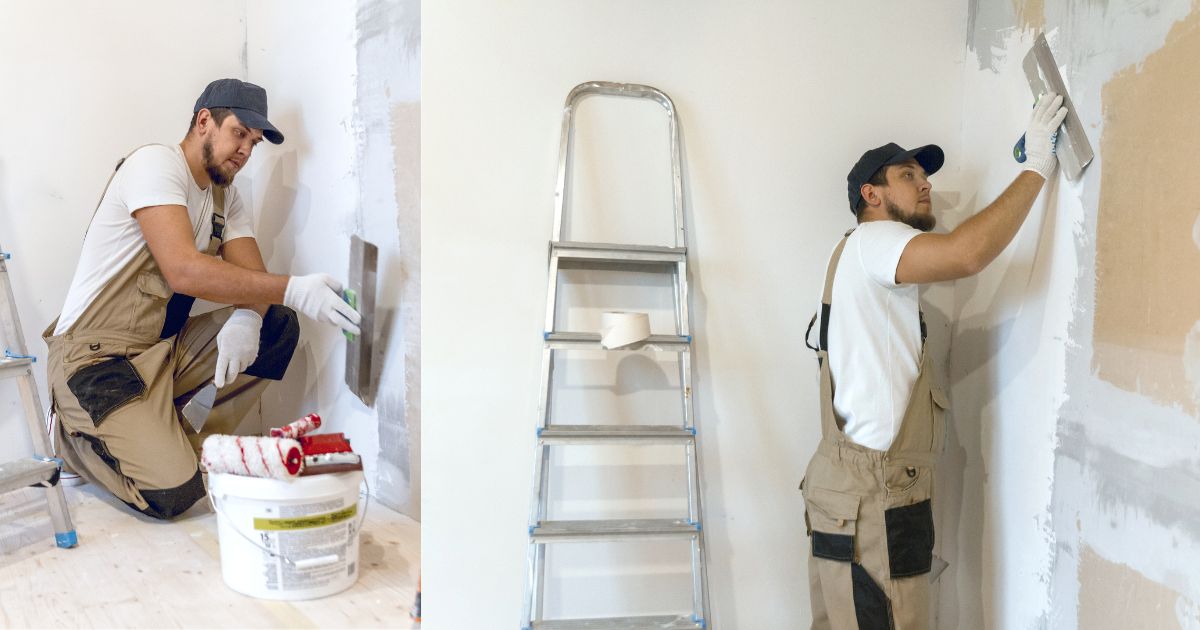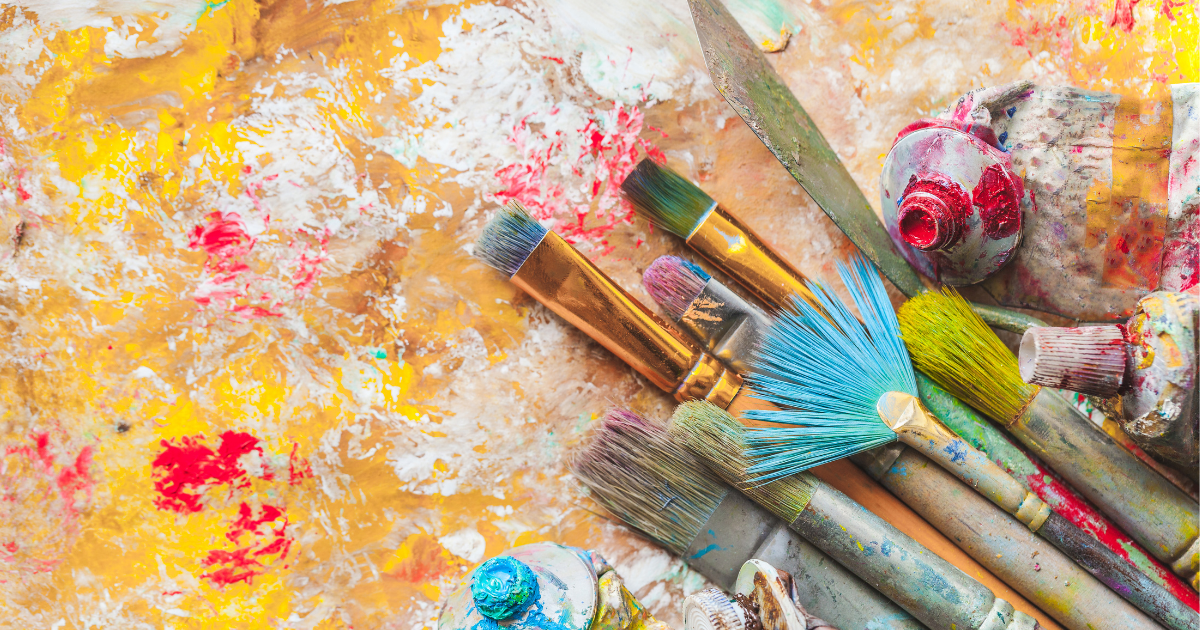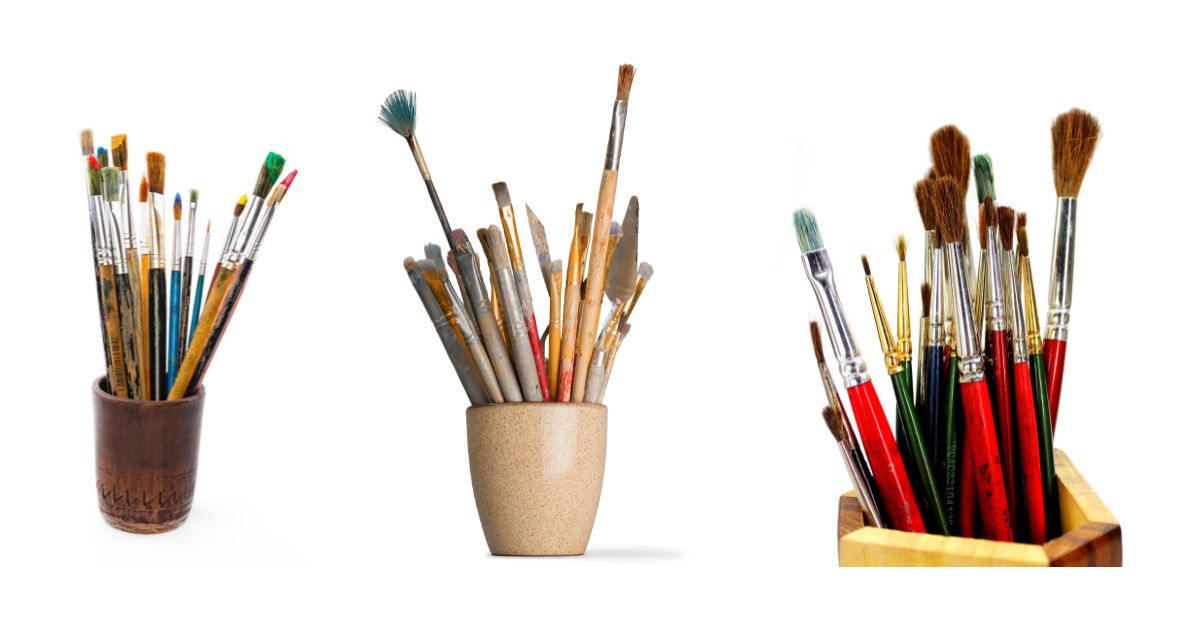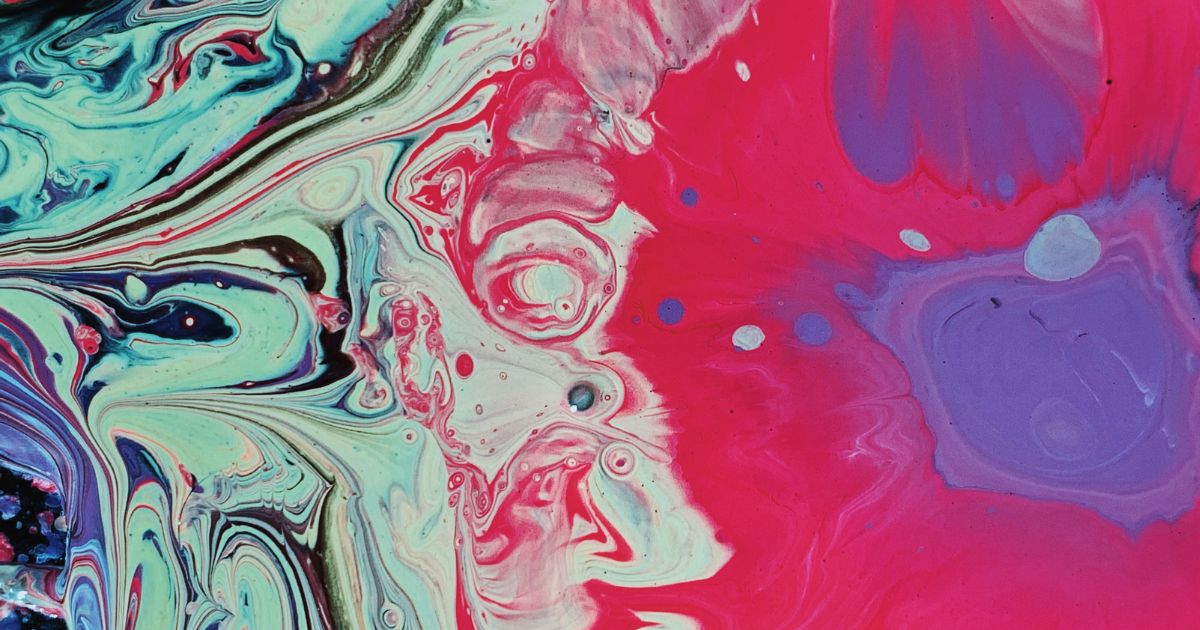Acrylic paintings are known for their durability and ease of maintenance. While they haven’t been around as long as oil paints, when used properly, acrylics can last for many years.
In this blog post, we will explore the factors that contribute to the longevity of acrylic paintings and provide tips on how to ensure their preservation.
Advantages of Acrylics over Oil Paints
Compared to oil paints, acrylics offer certain advantages in terms of longevity. After a century or so, oil paint films can become brittle and develop fine cracks, especially on flexible surfaces like canvas.
Acrylic paints, on the other hand, are more flexible and less vulnerable to cracking. Additionally, if you intend to create paintings with a thickness of an inch or more, acrylics are a better choice due to their flexibility.
How long do acrylic paintings last?
Acrylic paintings can last for a very long time up to 500 Years if they are properly cared for. When stored and displayed in suitable conditions, acrylic paintings can remain in good condition for hundreds of years.
Factors such as the quality of materials, the skill of the artist, and the environment in which the painting is kept all play a role in determining its longevity.

Proper framing, protection from direct sunlight, and controlled humidity and temperature can all help preserve an acrylic painting for generations to come.
Checklist for Creating Long-Lasting Acrylic Paintings
To maximize the lifespan of your acrylic paintings, consider the following checklist:
- Prepare a Proper Ground: Ensure that the surface is properly prepared and free of oil, allowing the bottom paint layer to grip effectively and prevent peeling of subsequent layers.
- Avoid Excessive Thinning: Do not excessively thin acrylic paint with water, as this can result in underbinding. Thin paint with airbrush medium instead of water for extremely thin layers.
- Choose Reputable Acrylic Artist Color Companies: Use products from well-known acrylic artist color companies to ensure the quality and longevity of your paint.
- Avoid Fugitive Pigments: Check the permanency ratings and avoid using fugitive pigments that may fade over time, such as neon or fluorescent colors.
- Avoid Cheap House Paints: Refrain from mixing acrylic paints with cheap house paints, as the quality and durability may be compromised.
- Layering and Thickness: Avoid applying thin layers over extremely thick paint, as this can lead to adhesion issues and potential cracking.
- Unprimed Canvas: Unlike oil paints, you can use unprimed canvas with acrylics without causing harm. Thinning with water is acceptable in this case, as the paint will sink in and stain the canvas.
Consider Varnishing
Consider applying a varnish to your acrylic paintings to enhance their longevity. Unlike oil paints, you don’t have to wait for months to varnish acrylics.
Varnishing provides a protective layer that helps repel dust and keeps the surface uniform. Follow these steps for varnishing:
- Apply an Isolation Coat: Use a thin layer of Liquitex Gloss Medium and Varnish as an isolation coat. This clear acrylic protection layer helps prevent damage to the actual paint layer.
- Allow Curing Time: Wait for 3 days (72 hours) to allow the acrylic paint to cure before applying the final varnish.
- Apply Final Varnish: Use a spray varnish like Liquitex Soluvar Gloss spray varnish. Set it vertically in sunlight to eliminate odor before bringing it back into the studio. Ensure proper ventilation and wear a dust mask during application.
Tips for Preserving Acrylic Paintings
To maintain the longevity of your acrylic paintings, consider the following tips:
- Regular Cleaning: Clean the surface of your acrylic paintings every few weeks using a soft, lint-free cloth to remove dirt and dust buildup.
- Protection from Sunlight and Humidity: Keep acrylic paintings away from direct sunlight and high humidity areas. Exposure to sunlight can cause colors to fade, while high humidity can affect the paint’s integrity.
- Proper Storage: Store acrylic paintings in cool, dark environments. Avoid storing them in cold temperatures, but if necessary, protect them from direct sunlight.
- Gentle Washing: Avoid high-pressure washes, as they can damage acrylic paintings. Instead, use a low-pressure washer or hand-wash the painting occasionally with warm water and mild soap.
By following these tips, you can ensure that your acrylic paintings remain vibrant and beautiful for years to come. Acrylics, when used properly and cared for diligently, have the potential to last for centuries.










